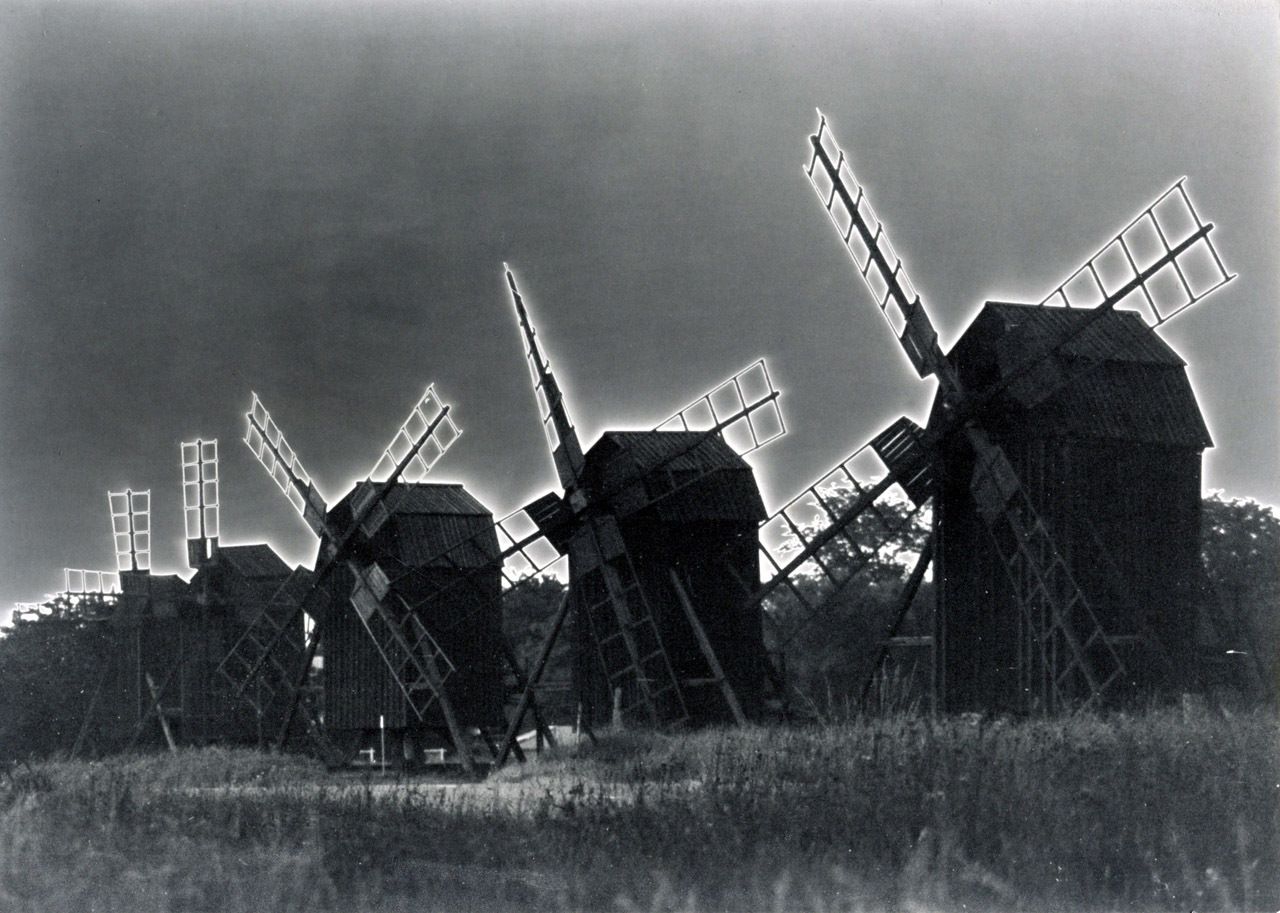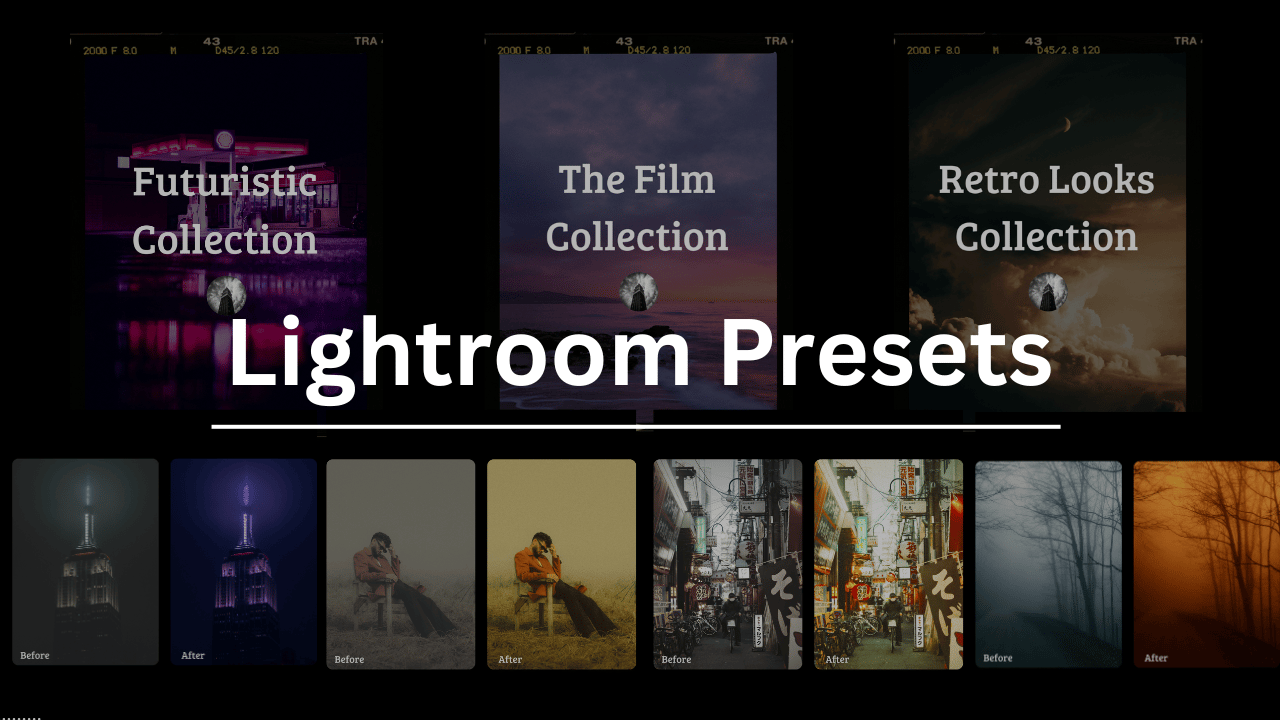📸 The Magazine For Photographers - Bite Size
Read the Latest Photography News and Updates in the Creative Industry in 3-4 minutes or less ;)

Important note: All photography articles are NOT sponsored
The Latest News:
TTArtisan’s Limited Edition AF 27mm f/2.8 Lens

credits: TTArtisan
TTArtisan has released a new limited-edition version of its compact autofocus prime, the AF 27mm f/2.8 “Polar White”, available for Sony E and Fujifilm X mounts. Limited to 2,000 units worldwide, the lens features a smooth white lacquer finish that gives it a clean, minimalist look. It is built from 5052 aviation-grade aluminium, weighing 80-100 grams (depending on mount) and includes a clicked aperture ring, a metal lens hood, and a USB-C port for firmware updates built into the rear lens cap.
The lens uses an optical design of six elements in five groups, with a seven-blade diaphragm and a closest focusing distance of 0.35 meters. The f/2.8 maximum aperture allows for decent subject separation and smooth background blur while keeping the lens relatively small and lightweight. TTArtisan says the STM stepping motor ensures quick and quiet autofocus, while the lens also supports eye, face, and animal detection AF. It is compatible with in-camera image stabilisation for more stable handheld shooting.
The AF 27mm f/2.8 Polar White has a 39mm filter thread and a 56° angle of view, giving you a natural, versatile perspective roughly equivalent to 40mm on full-frame. The aperture can be adjusted via the physical ring or, when set to “A,” through the camera body. The limited-edition Polar White version is priced at $168.
You can see full details and sample shots on TTArtisan’s website here
The Latest Canon R6 Mark III Rumours

credits: Canon
The launch of the Canon EOS R6 Mark III is getting closer, and more details are starting to surface. According to the latest information, Canon is still on track to officially announce the new camera on November 6, 2025, with availability expected around November 20, 2025. Several key specs have now been confirmed multiple times, including a 32-megapixel sensor (likely borrowed from the EOS C50), 6.5-stop in-body stabilisation, open-gate 7K RAW video (3:2), and 40 fps burst shooting. Other details include Canon Log-2 and Log-3, 24-bit audio, a pre-capture mode, and a full-size HDMI output. The “S&F” mode dial is also expected to let users easily double or halve the continuous shooting speed.
However, a few points remain unclear. There is still some debate about whether the camera will use Canon’s new DIGIC Accelerator chip or a more standard processor. The electronic viewfinder is rumoured to get a major upgrade to 5.76 million dots with 0.76x magnification, up from the R6 Mark II’s 3.69 million, though that hasn’t been confirmed yet. The rear LCD might stick with the same fully articulating design as its predecessor, but the exact mechanism isn’t finalised. As for storage, the latest reports suggest one CFexpress Type B slot and one UHS-II SD card slot, although earlier leaks mentioned dual SDs.
Canon’s proven Dual Pixel CMOS AF II system will return, reportedly capable of recognising and storing up to 100 faces for autofocus tracking. The LP-E6P battery is also expected to carry over. Price-wise, the EOS R6 Mark III is rumoured to cost around €2,899, roughly the same as the R6 Mark II at launch. Canon is also said to be preparing a new RF 45mm f/1.2 STM lens to debut alongside the camera.
Download The World’s Best Lightroom Presets
Weekly Photo Technique Exploration
Welcome to a new section of the magazine where every week we will explore a new photography technique from across various photography genres.
This week’s technique: Solarization Photography

Armin Kübelbeck

Nevit Dilmen
What Is Solarization?
Solarization (also known as the Sabattier effect) happens when you partly expose a developing photo or film to light, then continue developing it. Instead of ruining the image completely (which exposure to light normally does), it reverses the tones in certain areas → blacks turn silvery, highlights go darker, and you get glowing outlines around shapes.
Back in the film days, it was a happy accident. Someone accidentally turned on the light in the darkroom mid-development, and instead of tossing it, they realised it actually looked pretty good.
Today, you can do it digitally too of course, but the vibe isn’t really the same.
How It Works (Analog Version)
In traditional film photography, here is roughly what happens:
You start developing your photo like normal in the darkroom.
Midway through development, you briefly expose it to light (just a BIT, maybe half a second).
You then keep developing as usual.
That is it! Some parts will stay normal, others flip their tones, and everything goes a bit more metallic.
You can look at it as controlled sabotage. You are messing with the chemical reaction while it is happening, and every small change in timing, light strength, exposure will affect the result. That is precisely why no two solarized photos ever look exactly the same.
Doing It Digitally
You can also create a similar effect in Photoshop (or any photo editor that lets you handle curves and blending). As mentioned before, it is not exactly the same as a chemical solarization, but it is a fairly good digital spin.
Open your photo in Photoshop.
Duplicate the layer.
Invert the top layer (Cmd/Ctrl + I).
Change the blending mode to Overlay or Soft Light.
Tweak the Curves to adjust contrast and tone until you get the desired look (best check out some solarized photos online)
What It Looks Like
Solarized photos tend to look a bit ‘‘otherworldly’’, you can see an example up top. It works especially well with portraits and high-contrast subjects because you can really see the inversion in the details.
Tips for Better Results
The effect stands out most when your photo already has strong light and dark areas.
It generally looks best in Black&White however colour works too
Solarization is unpredictable by nature. The “mistakes” are often what make it interesting, so don’t aim for perfection and keep in mind that you will have to try for a few times until you get something usable.

